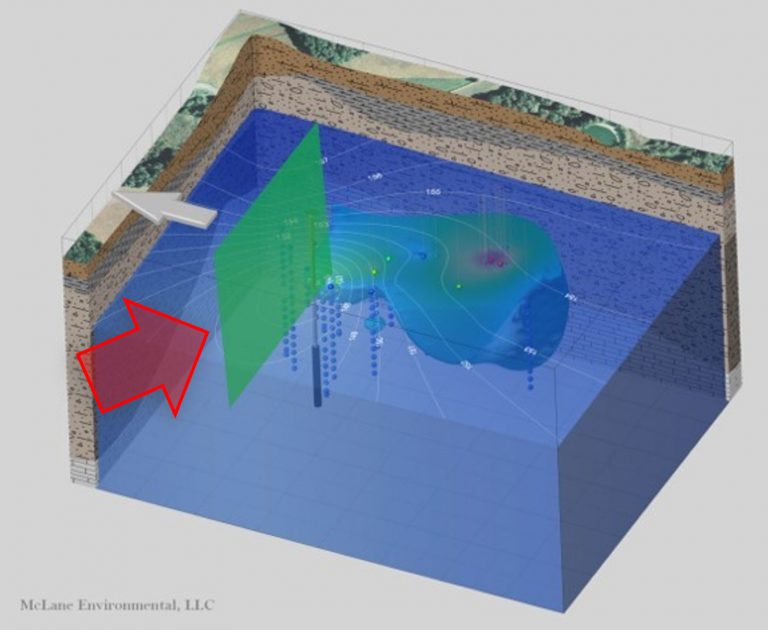PFAS Chemistry and Effects
Per- and polyfluoroalkyl substances (PFAS) are found in many aspects of our daily lives, from our kitchens to our closets, workplaces, and the very environment around us. Understanding their ubiquity can help us grasp the magnitude of this environmental and health challenge.
PFAS in Consumer Goods
Imagine preparing breakfast in your kitchen. You reach for your non-stick pan, an item so commonplace that we rarely give it a second thought. Yet, it’s a prime example of PFAS’s infiltration into everyday life. Non-stick cookware is often made using PFAS, leveraging the chemicals’ resistance to heat and their slick, non-stick surface.
Now, consider your closet. That water-resistant jacket you love for its ability to shrug off rain? It likely owes its superpower to PFAS, which are used in clothing for their water and stain-resistant properties.
Even our food packaging isn’t immune. Microwave popcorn bags, pizza boxes, and fast-food wrappers often contain PFAS to repel oil and grease, providing convenience but at a potential cost to our health.
PFAS in the Environment
PFAS are not just confined to consumer goods; they’ve made their way into our environment, too. These chemicals have been detected in water bodies worldwide, having been discharged from industrial sites or leached from landfills. They’re persistent, meaning they don’t break down easily, and they’re mobile, able to travel far from their original source through water pathways.
PFAS can also contaminate soil, either directly through spills and discharges or indirectly through contaminated water or air. Once in the soil, they can persist for many years.
Airborne PFAS, often emitted from industrial processes or from the volatilization of contaminated water or soil, can travel vast distances, leading to global distribution of these chemicals.
PFAS in the Workplace
Certain industries have a higher potential for PFAS exposure. Workers involved in the production or application of PFAS-containing products, such as in chrome plating, electronics manufacturing, or in the production of non-stick cookware, can be exposed to these chemicals. Firefighters using PFAS-containing firefighting foams are also at risk.
PFAS in the Food Chain
Finally, PFAS can make their way into our food chain. Crops can uptake PFAS from contaminated soil or water, and livestock can accumulate PFAS from eating contaminated feed or drinking contaminated water. Fish and other aquatic life can also accumulate PFAS from contaminated water bodies. Through these pathways, PFAS can end up on our plates, presenting yet another route of exposure.
The omnipresence of PFAS in our lives underscores the importance of understanding these chemicals, managing their use, and remediating their impacts. We all play a role in this journey, from consumers choosing PFAS-free products, industries innovating safer alternatives, and researchers developing effective remediation techniques. Together, we can work towards a future where our everyday lives are free from the influence of these “forever chemicals.”
Let’s Start Remediating
There are two ways to get started:
- Call to discuss your project and specific needs 866.727.4776 x704
- Email site assessment documents for review Contact Hepure Remediation Services




